5 Tips for Successful PT
Welcome back to the Total Performance Newsletter! If you are a new subscriber and did not receive previous editions, check out the "Newsletter" tab on my website (www.totalperformance-pt.com) and they are all posted there. If you have trouble accessing this link, please let me know! This month, we will continue to take a look at some specific movement and injury-related issues that commonly arise and how to deal with them.
Before we dive into today's topic, I wanted to give a quick social media plug. Follow us on Instagram (@total_performance_pt) and Facebook (@Total Peformance Physical Therapy). I have been more active in those places and will be making regular posts on ways to further help you move better, feel better, and perform better!
Getting back to today’s newsletter, we are going to switch focus a little and talk about 5 tips to help you succeed in PT. These tips are the five most foundational things you can do set yourself up for success while rehabbing an injury and getting back to doing the things you enjoy!
Do your home exercise program
I can only speak for myself here, but I don’t give out home exercise programs just for the sake of making my patients do something. It’s not meant to be a dreaded homework assignment from middle school.
The purpose of a home exercise program is to make sure you continue to work on the things that are going to help you achieve your goal in between sessions. More often than not, the goal with PT is to teach your body to move in a different way, one that is more efficient and healthy. There’s a saying in the PT world that goes, “the body will only adapt to the demands placed upon it.” In other words, your body will only change how it moves if you consistently teach it the better way to move. So, the more consistent you are with your home program, the more reps your body will have of moving in a better way, the more likely it is for this improved movement to become more permanent. Better movement that is more permanent = less pain.
2. Open communication
Again, I can only speak for myself here, but I do my best to emphasize to all my patients that we are a team, and we are both working together towards helping you achieve your goals. And the best teams have full, honest, and clear communication.
This goes for all things during the rehab and training process. How are you feeling on a day to day or week to basis? What exercises do you like? Which do you not like? Is your home exercise program convenient to do at home? Does our plan make sense to you and does it feel like it’s moving in the right direction? All of these questions (and more) require open and honest answers, as they are the deciding factors that drive our decision making. Remember, your PT is not your coach or teacher whose deciding your spot on the depth chart or your grade, but rather they are a teammate whose working towards the same common goal. The more detail patients can provide, the better decisions we can make towards facilitating your progress.
3. Sleep, stress, nutrition, hydration
I’m not going to dive into the specifics of each one here, but getting your sleep, stress, nutrition, and hydration in order are truly foundational to overall health, whether we are rehabbing an injury or not. It already takes a ton of energy and physiological resources to recover from an injury, so to optimize our ability to recover, we want to make sure our general health is as good as it can possibly be. There are some cases in which these factors are more important to rehab than others, but it is always helpful in every scenario to create the best possible healing environment. If you are unsure how to optimize these factors, your PT should be able to help or point you in the right direction.
4. Mindset around pain
Having the proper mindset when it comes to dealing with pain can make the rehab process go much smoother. No one likes to deal with pain-it absolutely sucks. But understanding what pain is and what it means (and doesn’t mean) is essential.
To briefly summarize, pain does not necessarily mean tissue damage (tear, break, strain, sprain, herniation). Sometimes it does, but often times it doesn’t. Along this line, pain also doesn’t mean something has to be “fixed.”
What pain is though, is information. It’s the body’s way of telling us something is wrong, there is a potential threat, or something is just not quite working properly. It’s a protective mechanism that is trying to prevent further problems. While this all sounds like it would be helpful, sometimes this protective mechanism is kicked into overdrive and is “protecting” us unnecessarily. Our job during the rehab process is to turn down this threat signal and decrease this “protective” inhibition.
From a practical standpoint, rethinking pain as just information instead of something that’s inherently bad can really add clarity to the rehab process and improve the decision-making process. Let’s say you do a workout or play tennis on the weekend and that nagging low back pain comes back. Instead of worrying that you’ll never get better, rethink that situation as “hmm, my low back is telling me that something I did wasn’t correct-let’s figure out what it was and fix it.” If you can reframe your thinking in this way, now you’re really onto something in accelerating your rehab process.
5. Self-efficacy
Self -efficacy is the belief someone has in themselves that they can accomplish a task or achieve a goal. There is a large body of research that clearly shows that higher self-efficacy scores are correlated with better rehab outcomes.
The point here isn’t just to say “believe in yourself.” Instead, it’s to encourage you that taking control of your situation and playing an active role in the rehab process is what ultimately leads to success. PT is not something that’s done to you, but it’s also not something you have to do alone. As stated above, PT should be a collaborative, team-oriented process where the patient and PT give their full effort and work together to get the patient where they want to be.
If you're in the midst of a rehab process, keeping these things in mind can make sure you continually move in the right direction!
Stay tuned for next month’s newsletter, where will we continue to look into some common issues that arise and practical solutions to deal with them! Also, if you have any topics that you want to see covered in a future newsletter, please let me know!

